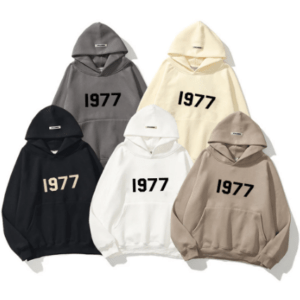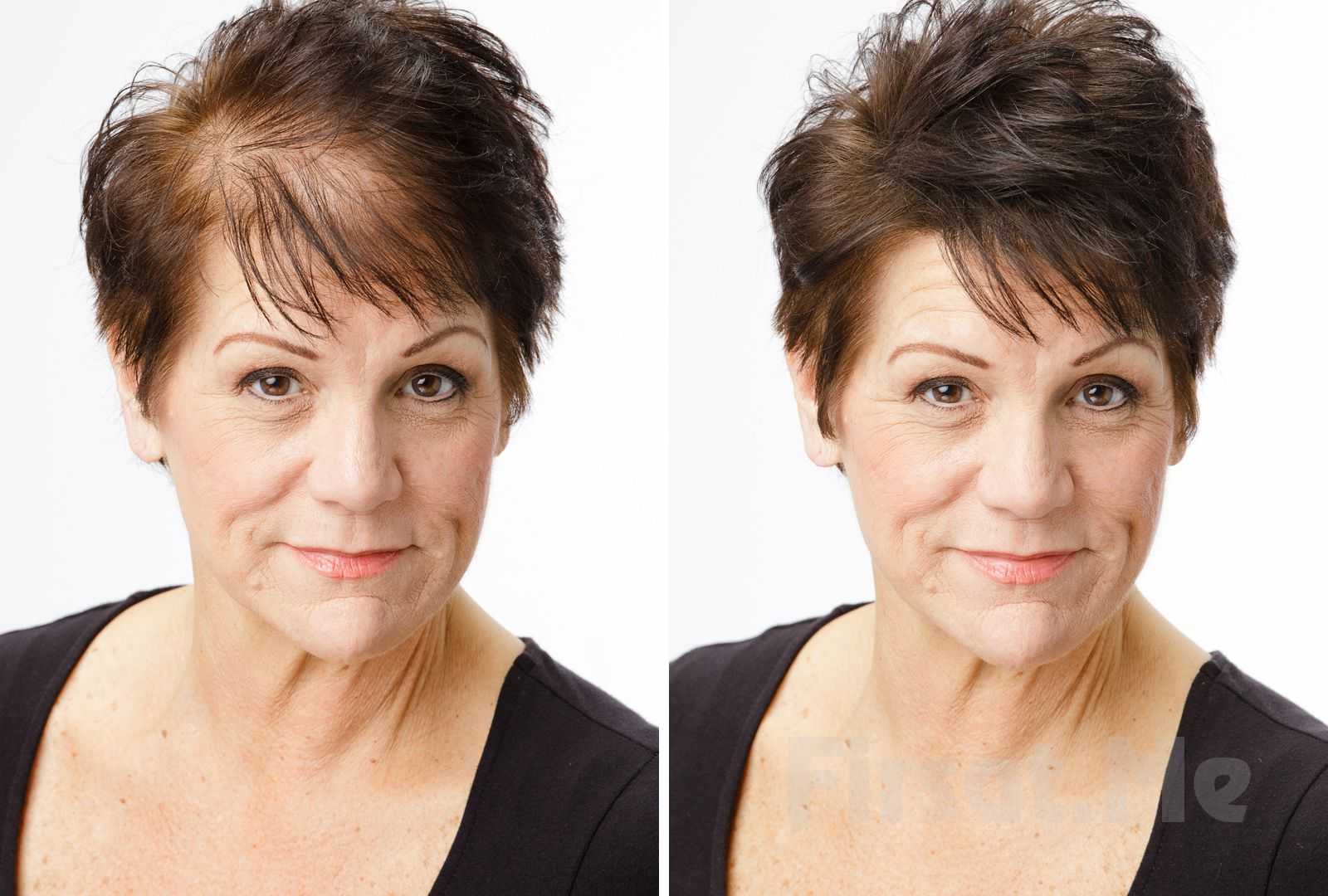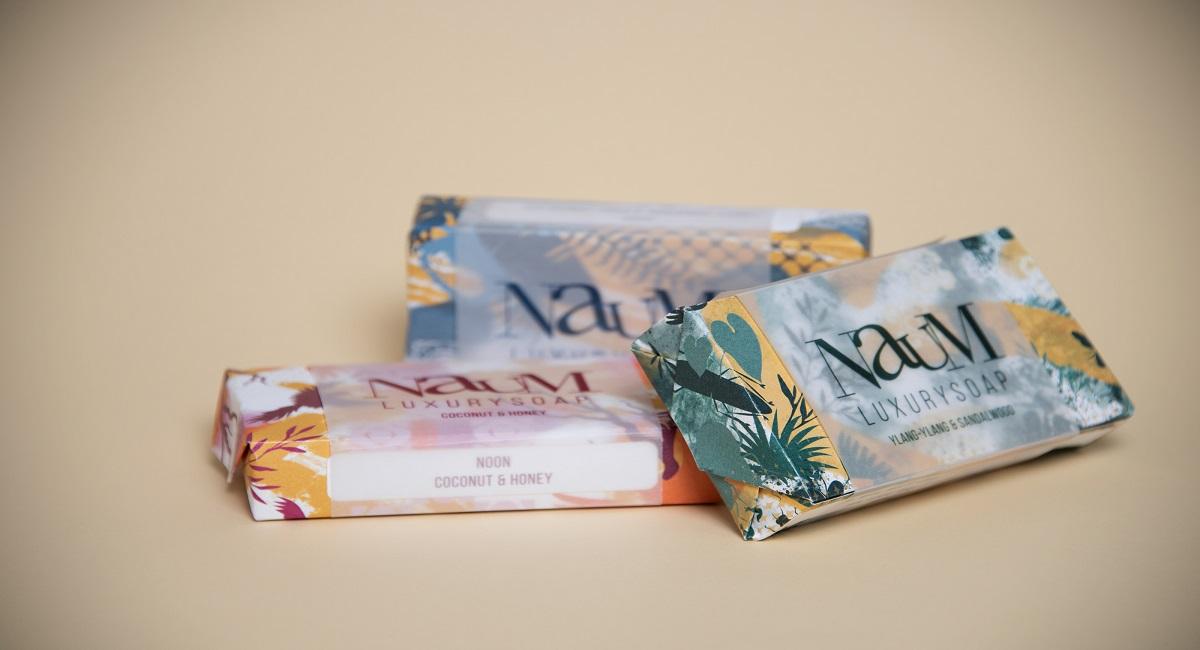Lace front human hair wigs have become a transformational art form in the world of beauty and self-expression, enhancing the way people improve their appearance. These wigs redefine beauty standards by combining personal flair, inventiveness, and craftsmanship, making them more than accessories.
Let’s explore the craftsmanship that extends beyond the hairline as we dig into the complex world of lace front human hair wigs.
The Canvas: Lace as a Medium
The foundation of lace front wigs is the delicate yet resilient lace material that replicates the natural scalp. It appears the hair is sprouting straight from the scalp because of the lace’s exquisite design, which blends in seamlessly with the skin.
This craftsmanship demands precision and attention to detail, making wigs a work of art in its own right.
Lace front wigs are available in various lace types, with Swiss and French lace being among the most popular. Swiss lace is known for its finer texture and transparency, offering a natural-looking finish. On the other hand, French lace is slightly thicker, providing durability without compromising on realism. The choice of lace depends on individual preferences and desired aesthetics, showcasing the versatility of wig-making.
The Palette: Human Hair as a Medium
Human hair sets lace front wigs apart, allowing wearers to indulge in the luxury of authenticity. Human hair wigs provide a natural feel unmatched by synthetic alternatives. This authenticity extends to the versatility of styling — just like one’s natural hair, these wigs can be curled, straightened, and colored, providing a limitless canvas for personal expression.
The sourcing and treatment of human hair for wigs involve a meticulous process. Premium quality human hair is selected, treated to maintain its integrity, and then individually hand-tied to the lace base. This ensures that each strand falls effortlessly, replicating the randomness of natural hair growth. The result is a wig that looks and feels like a personal extension of oneself.
The Brushstrokes: Ventilation and Knotting Techniques
Ventilation, the process of knotting individual strands of hair into the lace, is a crucial aspect of creating a realistic hairline. Skilled wig makers employ techniques such as single and double knotting to achieve a natural appearance. Single knots are more undetectable but may be less durable, while double knots offer increased durability but can be slightly more visible.
The Frame: Customization and Personalization
Lace front wigs offer a customization level beyond simply choosing a hairstyle. Wearers can select the hair color, length, density, and even wave or curl pattern type, tailoring the wig to their unique preferences. This level of personalization allows individuals to explore different facets of their personality, experimenting with looks that may have been otherwise impossible.
Furthermore, wig makers often provide options for pre-plucked hairlines and baby hairs, enhancing the wig’s natural appearance. These meticulous details contribute to the overall artistry of the lace front wig, making it a personalized masterpiece that celebrates individuality.
The Tapestry: Empowerment and Confidence
Beyond the technical aspects, the artistry of lace front human hair wigs extends to the emotional and psychological realm. For many, wearing a lace front wig is not just about changing hairstyles; it’s about empowerment and confidence.
In conclusion, lace front human hair wigs transcend the conventional definition of hair accessories. They represent a harmonious blend of craftsmanship, innovation, and personalization, allowing individuals to weave their narrative of beauty. The artistry behind lace front wigs lies not just in the intricacies of lace and human hair but in the empowerment and confidence they bestow upon those who wear them, making each wig a unique masterpiece beyond the hairline.
















